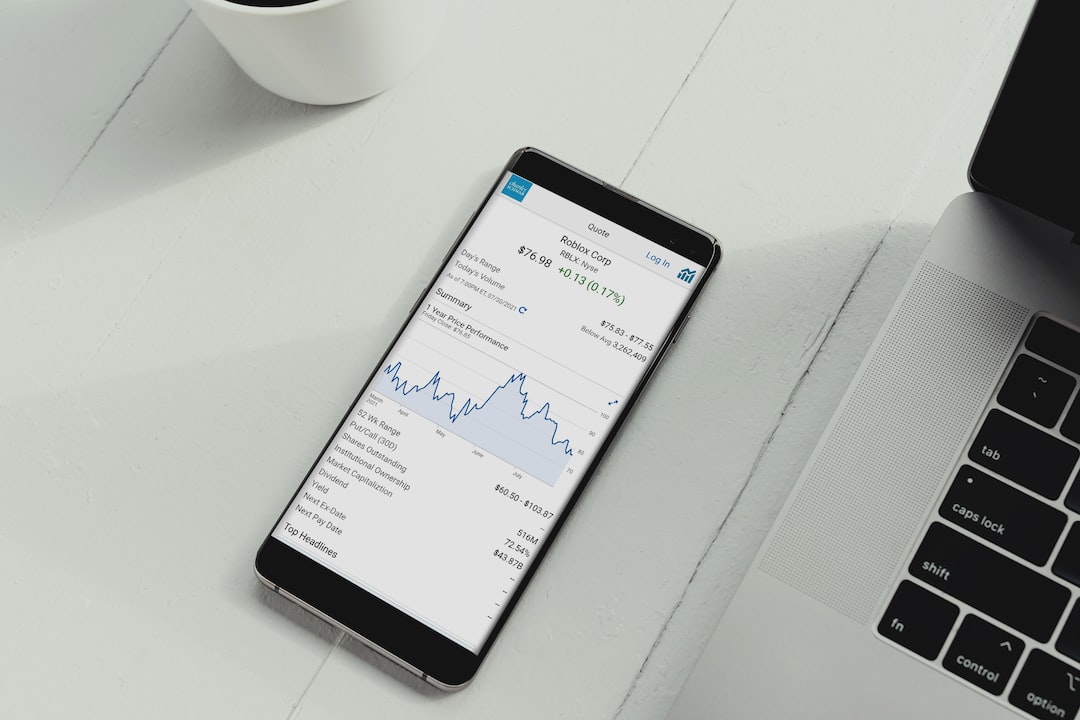When it comes to trading in the forex market, it’s essential to understand the concepts of upper bound and lower bound. These two terms are often used to describe the range within which a currency pair is expected to trade over a given period. By understanding these concepts, traders can make more informed decisions about when to buy or sell a currency pair.
Upper Bound
The upper bound, also known as the resistance level, is the maximum price at which a currency pair is expected to trade over a given period. It is the point at which the demand for the currency pair begins to drop, and the supply begins to increase, causing the price to plateau or even begin to decline.
The upper bound is usually determined by analyzing the historical price data of the currency pair. Technical analysts use various tools such as trend lines, moving averages, and oscillators to identify the upper bound of a currency pair.
When the price of a currency pair approaches the upper bound, traders often look for signs of a reversal or a price correction. This is because the upper bound has acted as a barrier to further price appreciation in the past, and it’s likely to do so again.
Traders may also use the upper bound as a target for their trades. For example, if a trader enters a long position on a currency pair, they may set their take-profit level just below the upper bound, anticipating that the price will struggle to break through this level.
Lower Bound
The lower bound, also known as the support level, is the minimum price at which a currency pair is expected to trade over a given period. It is the point at which the demand for the currency pair begins to increase, and the supply begins to decrease, causing the price to plateau or even begin to rise.
Like the upper bound, the lower bound is usually determined by analyzing the historical price data of the currency pair. Technical analysts use various tools to identify the lower bound, such as trend lines, moving averages, and oscillators.
When the price of a currency pair approaches the lower bound, traders often look for signs of a reversal or a price correction. This is because the lower bound has acted as a barrier to further price depreciation in the past, and it’s likely to do so again.
Traders may also use the lower bound as a target for their trades. For example, if a trader enters a short position on a currency pair, they may set their take-profit level just above the lower bound, anticipating that the price will struggle to break through this level.
Conclusion
In conclusion, the upper bound and lower bound are critical concepts in forex trading. They help traders identify the range within which a currency pair is expected to trade over a given period. By understanding these concepts, traders can make more informed decisions about when to buy or sell a currency pair, and where to set their take-profit and stop-loss levels. However, it’s important to remember that these levels are not set in stone, and the price of a currency pair can break through either the upper or lower bound at any time. Therefore, traders should always be vigilant and ready to adjust their positions accordingly.





